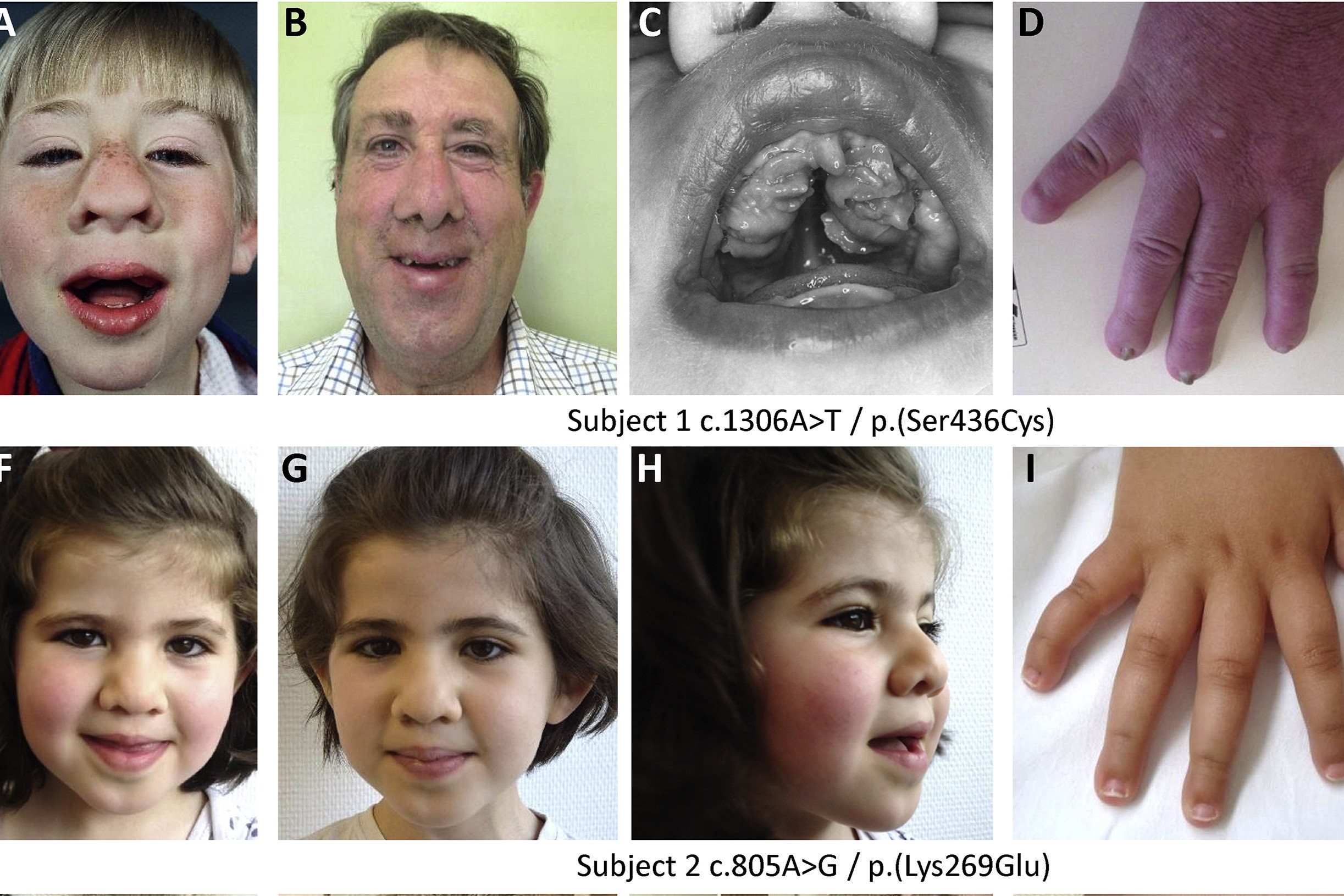
Zimmermann–Laband Syndrome is a rare genetic disorder that affects multiple parts of the body. Symptoms often include gingival fibromatosis (overgrowth of the gums), abnormalities in fingers and toes, and facial features like a bulbous nose or thick lips. This condition can also impact nail development and hearing. It’s caused by mutations in specific genes, typically inherited in an autosomal dominant pattern. Diagnosing Zimmermann–Laband Syndrome involves a combination of clinical evaluation and genetic testing. While there is no cure, treatment focuses on managing symptoms. Understanding this syndrome is crucial for those affected and their families. Let's dive into 22 fascinating facts about Zimmermann–Laband Syndrome to shed light on this rare condition.
Key Takeaways:
- Zimmermann–Laband Syndrome (ZLS) is a rare genetic disorder causing overgrown gums, distinctive facial features, and other symptoms. It's inherited from parents and affects fewer than 100 people worldwide.
- While there's no cure for ZLS, treatments like dental surgery and hearing aids can help manage symptoms. Support groups and genetic counseling provide crucial support for individuals and families affected by this rare condition.
What is Zimmermann–Laband Syndrome?
Zimmermann–Laband Syndrome (ZLS) is a rare genetic disorder. It affects various parts of the body, leading to a range of symptoms. Understanding this condition can help those affected and their families manage it better.
- ZLS is a genetic disorder, meaning it is inherited from parents.
- The syndrome is named after two doctors, Zimmermann and Laband, who first described it.
- ZLS is extremely rare, with fewer than 100 cases reported worldwide.
Symptoms of Zimmermann–Laband Syndrome
The symptoms of ZLS can vary widely from person to person. However, there are some common features that many individuals with this syndrome share.
- One of the most noticeable symptoms is gingival fibromatosis, which causes the gums to overgrow.
- People with ZLS often have distinctive facial features, such as a bulbous nose and thick lips.
- Hypertrichosis, or excessive hair growth, is another common symptom.
- Some individuals may have enlarged fingers and toes, a condition known as macrodactyly.
- Hearing loss can also occur in those with ZLS.
Causes and Genetics of Zimmermann–Laband Syndrome
Understanding the genetic basis of ZLS can provide insight into how this disorder is passed down through families.
- ZLS is caused by mutations in specific genes, including KCNH1 and ATP6V1B2.
- These genetic mutations affect the development and function of various tissues in the body.
- ZLS is inherited in an autosomal dominant pattern, meaning only one copy of the mutated gene is needed to cause the disorder.
Diagnosis of Zimmermann–Laband Syndrome
Diagnosing ZLS can be challenging due to its rarity and the variability of symptoms. However, there are certain methods doctors use to identify this syndrome.
- A clinical examination is often the first step in diagnosing ZLS.
- Genetic testing can confirm the presence of mutations associated with ZLS.
- Imaging studies, such as X-rays and MRIs, may be used to assess skeletal abnormalities.
Treatment and Management of Zimmermann–Laband Syndrome
While there is no cure for ZLS, various treatments can help manage the symptoms and improve the quality of life for those affected.
- Dental surgery may be necessary to address gingival fibromatosis.
- Hearing aids can help those with hearing loss.
- Physical therapy can assist with mobility issues related to macrodactyly.
- Regular monitoring by a team of specialists is crucial for managing the various aspects of ZLS.
Living with Zimmermann–Laband Syndrome
Living with ZLS can be challenging, but with the right support and resources, individuals can lead fulfilling lives.
- Support groups can provide emotional support and practical advice for families affected by ZLS.
- Educational accommodations may be necessary for children with ZLS to succeed in school.
- Genetic counseling can help families understand the risks of passing ZLS to future generations.
- Ongoing research is essential for developing better treatments and understanding the full impact of ZLS.
The Final Word on Zimmermann–Laband Syndrome
Zimmermann–Laband Syndrome (ZLS) is a rare genetic disorder that affects multiple parts of the body. It’s characterized by gingival fibromatosis, hypertrichosis, hepatosplenomegaly, and skeletal abnormalities. Understanding ZLS can help in early diagnosis and better management of symptoms. Genetic testing plays a crucial role in identifying this syndrome. While there’s no cure, treatments focus on managing individual symptoms, like dental care for gum overgrowth or physical therapy for skeletal issues. Support groups and counseling can also provide emotional help for families dealing with ZLS. Staying informed and connected with healthcare professionals can make a significant difference in the quality of life for those affected. Knowledge is power, and being aware of the facts about ZLS can lead to better outcomes and support for those living with this condition.
Frequently Asked Questions
Was this page helpful?
Our commitment to delivering trustworthy and engaging content is at the heart of what we do. Each fact on our site is contributed by real users like you, bringing a wealth of diverse insights and information. To ensure the highest standards of accuracy and reliability, our dedicated editors meticulously review each submission. This process guarantees that the facts we share are not only fascinating but also credible. Trust in our commitment to quality and authenticity as you explore and learn with us.
